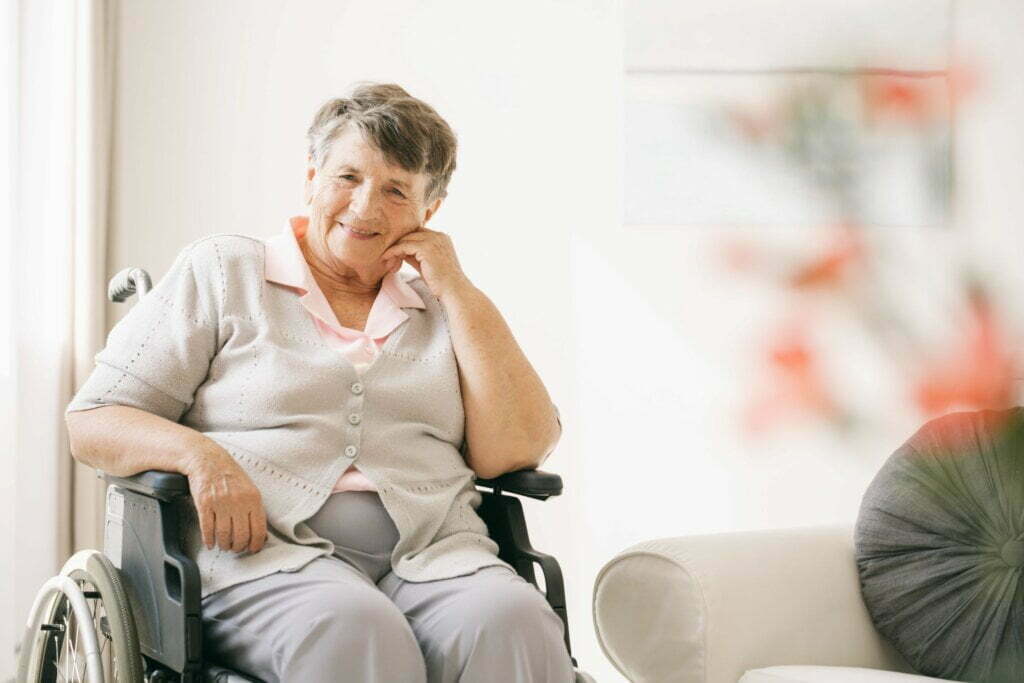Currently, family members care for a large number of Alzheimer’s patients at home. Even though most individuals are happy to care for their friends and family members, taking care of a person who has Alzheimer’s disease at home can be a challenging duty that can occasionally become overwhelming. As the caregiver adjusts to the changing levels of competence and new behavioral patterns, each day presents new obstacles. Here are some of the treatments you can choose from to help your loved ones with Alzheimer’s.
Drugs to Treat Cognitive Symptoms
Alzheimer’s disease does not have any disease-modifying medications; nevertheless, certain choices may help to lessen symptoms and enhance the quality of life. Cholinesterase inhibitors are medications that can help with cognitive symptoms like memory loss, disorientation, distorted thought processes, and poor judgment. They enhance brain-wide neuronal transmission and mitigate the progression of these symptoms. The following three medications are frequently used to treat these Alzheimer’s disease symptoms and have FDA approval:
- Treated with donepezil at all stages
- Mild-to-moderate phases with galantamine
- Mild-to-moderate phases can be treated with rivastigmine
- Memantine, a different medication, is approved to treat moderate-to-severe Alzheimer’s disease. Memantine and donepezil are frequently offered together
Treatments for Behavior and Emotions
It can be challenging to control the behavioral and emotional changes brought on by Alzheimer’s disease. Increasingly, people may struggle with irritation, anxiety, sadness, restlessness, sleep issues, and other issues. It may be beneficial to address the root reasons for these changes. Some might be adverse drug reactions, pain from other medical illnesses, or hearing or vision issues. People can cope with the changes by identifying the items that caused these behaviors, avoiding them, or changing them. Changes in surroundings, meeting new caretakers, or being asked to take a bath or wear new clothes are triggers. Changing the surroundings can frequently remove obstacles and improve the person’s comfort, security, and peace of mind.
A doctor could occasionally prescribe one of the following drugs to treat these symptoms:
- medications to lift your spirits
- anxiety medications
- antipsychotic medications for violence, delusions, or hallucinations
Lifestyle Changes
Healthy lifestyle choices encourage overall well-being and may help to preserve cognitive health.
Exercise. A therapy regimen should include regular exercise. A daily stroll, for example, can enhance the mood while maintaining the health of the heart, muscles, and joints. Exercise is advantageous for care partners and promoting sound sleep and avoiding constipation.
Nutrition. Alzheimer’s patients may neglect to eat, lose interest in cooking, or choose not to eat a balanced diet. Additionally, they can fail to drink enough, which could cause dehydration and constipation. Offer these things:
- Suitable possibilities. Purchase convenient, favorite healthy food options.
- Water and other wholesome drinks. Encourage people to drink many glasses of water each day. Avoid caffeine-containing beverages since they can make you restless, keep you up at night, and make you pee a lot.
- smoothies and shakes with lots of calories. When eating becomes more challenging, add protein powder to milk shakes or prepare smoothies with favorite toppings.
Social Interaction and Pursuits
Social contacts and activities can support the abilities and skills that are still present. A person with Alzheimer’s disease should engage in meaningful and pleasant activities to promote overall wellbeing. These could consist of:
- dancing or taking in music
- Listening to or reading books
- horticulture or crafts
- Senior or memory care facilities host social events
- planned children’s activities
Remote Patient Monitoring for Alzheimer’s Disease
Remote patient monitoring solutions allow patients with Alzheimer’s disease to communicate with their doctors from the comfort of their own homes. This is a significant benefit because the patients are typically reliant on their caregivers to drive them to and from appointments.
Patients with restricted mobility or those who are susceptible to anxiety, agitation, or confusion in new situations may find this trip to be particularly exhausting. To see a specialist once or twice a year, many people in rural areas must endure long travel times. With the appropriate remote patient monitoring technology, this distance between locations is eliminated.
Wearable health monitoring technology can be used to send regular reminders and notifications to Alzheimer’s disease patients. These reminders ensure that patients take their medications on time, participate in online therapy sessions, and respond to routine cognitive assessments.
Location tracking devices are especially useful for patients who may exhibit wandering behavior. It gives family members peace of mind to know that their loved ones’ whereabouts can be tracked using RPM devices.
Other integrated home health monitoring devices, such as blood pressure meters, glucose meters, pulse oximeters, peak flow meters, and pedometers, can continuously record patients’ physical well-being. This combination of data is especially useful for patients with Alzheimer’s disease who have multiple medical conditions.
Takeaway
There is no known treatment for Alzheimer’s. However, medications and non-pharmacological methods may slow the disease’s course and improve symptoms. Remote Patient Monitoring plays a vital role in disease management as well. Understanding available options can aid those suffering from the illness and those who care for them in managing symptoms and enhancing their quality of life.
Read more:
Improving Dementia Care through Remote Patient Monitoring in 2022
3 Ways Remote Patient Monitoring Helps Patients with Alzheimer’s Disease
References
- What is Alzheimer’s Disease? | CDC. (2020, October 26). What Is Alzheimer’s Disease? | CDC; Accessed July 23, 2022, at www.cdc.gov.









